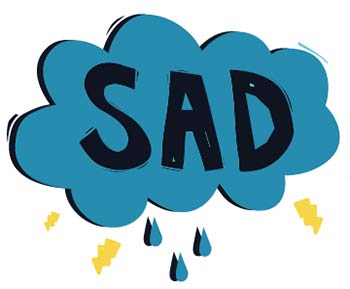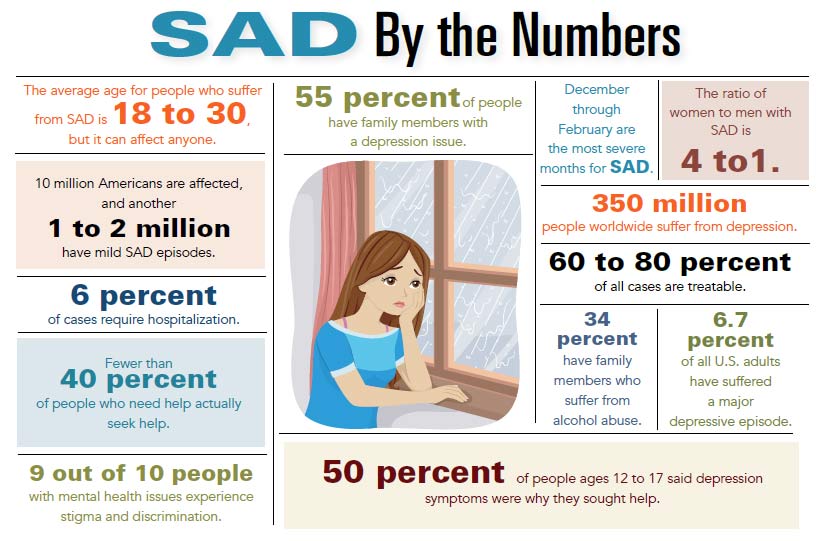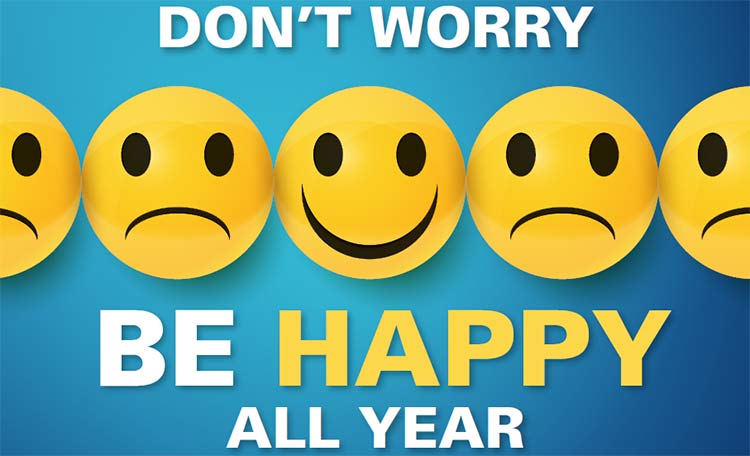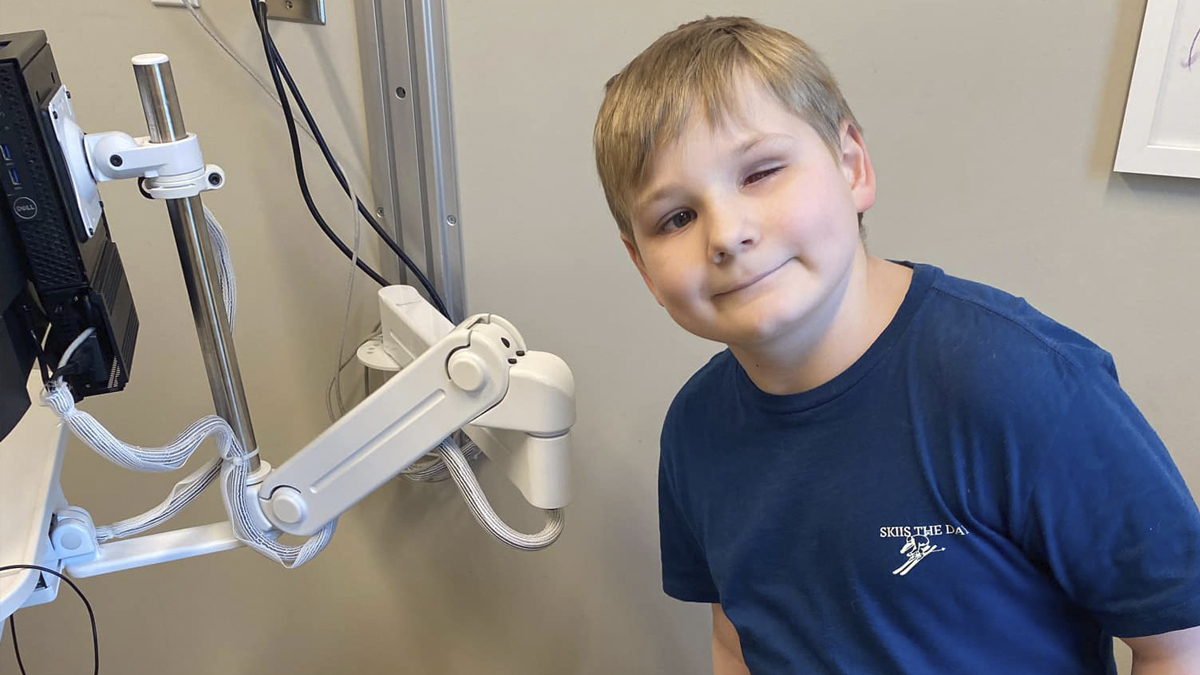We cherish our mild climate in the Lowcountry of South Carolina. It allows us to have leisure time on the creeks, rivers and oceans; beckons us to sit outdoors at dusk; encourages us to spend quality time with friends or family; and cheers us up with bountiful trees and flowers. So it’s no wonder that some of us dislike it when the weather cools off in the fall and the days get shorter. But do most of us understand the difference between a simple case of pining for summer and something more serious?
Type the word “seasonal” into your nearest search engine, and one of the first items to pop up is “seasonal affective disorder,” or SAD, as it’s ironically known. Many of us vaguely recognize the term but are unclear on much else. Yet SAD affects more than 3 million Americans per year and can cause serious health complications.
“SAD is defined as depression with seasonal components,” explained Maggie Poandl, a therapist who specializes in anxiety, depression and other mood disorders. “It involves the same symptoms as depression – including loss of interest, weight changes, food cravings, sleeping more than usual, wanting to self-harm – but the symptoms are present in winter and early spring, rather than all year. To be diagnosed with SAD, a patient needs to exhibit most of these, not just one or two.”
“I have a quite a few patients who fit into the seasonal affective category beginning around October and lasting until March,” added Dr. Richard Phelps of Mount Pleasant Psychiatry. “The usual patient will tell me things like, ‘Every year around this time I start to feel irritable, lethargic and I don’t enjoy life as much.’”
Poandl noted that teenagers and younger adults – a large percentage of who she sees – are especially at risk for seasonal depression. Though there’s no clear-cut reason she sees more young people than older adults, Poandl speculated that it might be due to the differences in what she called “emotional regulation.”

“I find that younger people who have not had as much experience in regulating their emotions are susceptible,” she mused. “Regulating your happiness in the winter months and working toward an improved mood takes self awareness, which comes with age.”
Fortunately, there are several ways to combat seasonal depression. Talk and light therapies both are popular, and both Dr. Phelps and Poandl are proponents.
“I have three therapists with me in the practice who offer a wide range of therapies, including cognitive behavioral therapy, supportive therapy, psychodynamic therapy and others. Most individuals see a therapist and see me,” Dr. Phelps affirmed. “And light therapy is very good and therapeutic. It has to be a specific strength of light – 10,000 LUX – for 30 minutes, usually first thing in the morning.”
A handful of other lifestyle adjustments are often a good place to start when dealing with SAD. These might include getting out of the house and accomplishing simple tasks such as taking a walk or bike ride, socializing with a friend or family member or volunteering.M/
“If you get more structure in your day, it helps. You’re held accountable to leave the house,” Poandl explained.
“We recommend proper diet, good sleep hygiene, avoiding high carbohydrate meals, exercise and outdoor activity,” added Dr. Phelps. “I can even recommend simple things such as brightening up the patient’s home with different paint or drapes.”
Sometimes, however, a medication must be administered. SSRIs – serotonin reuptake inhibitors, including Paxil, Prozac, Zoloft and Celexa – are most useful in battling depression and SAD. But be cautious: According to Dr. Phelps, symptoms must be taken into consideration to find the right SSRI for the individual patient.
“These medicines are tailored to the patient,” he noted. “For example, a patient with a lot of fatigue, hypersomnia and isolation might require Welbutrin, an energizing medicine, as opposed to a patient with crying spells and irritability, who may require Lexapro. It’s important to understand that even though SSRIs are in the same class of medicines, they treat different symptoms.”
For those interested in alternative medicine, Poandl said that practicing mindfulness is another tactic that patients are using more often. The concept of mindfulness – paying attention to the present moment – helps those who suffer from all kinds of anxiety and depression disorders.
“Mindfulness helps you become present instead of anxiously thinking about and dreading the future or ruminating on the past,” she said. “Meditation is one way to become more mindful.”
 INFOGRAPHIC: Seasonal Affective Disorder (SAD) by the Numbers
INFOGRAPHIC: Seasonal Affective Disorder (SAD) by the Numbers
By Denise K. James







